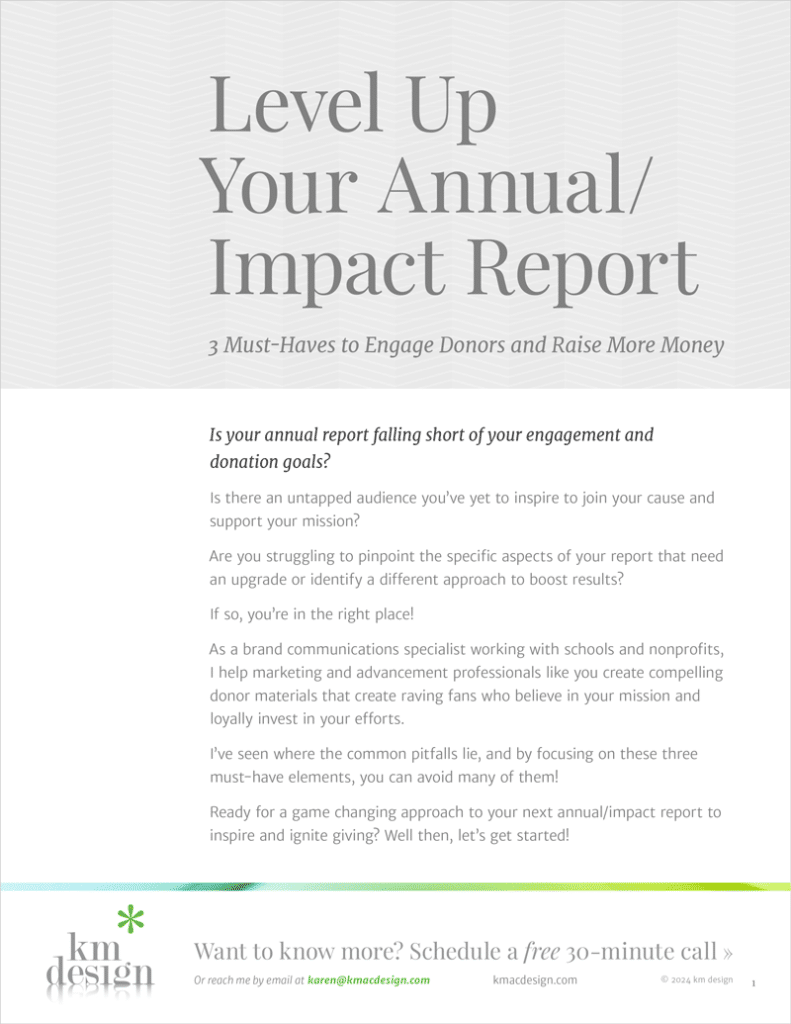
I know it sounds odd, but when I have project limitations, I’m way more creative.
I was reminded of this during Jessica Walsh’s presentation at the HOW Design LIVE Conference in Chicago earlier this month. As the co-founder of Sagmeister & Walsh, she talked about her creative process, how she maintains balance (which I mused about here last time) and the importance of setting limits in design. In case you’re unfamiliar with Jessica, the woman is fearless—undoubtedly best know for the naked picture postcard she and Stefan Sagmeister sent out of themselves to announce their new partnership. She’s definitely NOT someone you would expect to be a fan of rules and limitations.
Although I won’t be sending any “Karen-Gone-Wild” promotional pieces, the idea of setting limitations in design really resonates with me. Though it seems counter-intuitive—I’ve learned in my years as a designer that limitations enable the most creative freedom. Conversely, the biggest creative inhibitor is a sky’s-the-limit approach. Even if you say and truly believe, “No holds barred, Karen… Do whatever you want,” that’s not necessarily a good thing. Part of my job is to help you uncover what limitations are needed to ensure the project’s success.
What do I mean by limitations? Before beginning a project, I work with you to set parameters. We set a foundation for each project by narrowing the focus. This includes answering these 3 key questions:
- What needs to happen for you to deem this project a success? Whether you judge success on a measurable goal, metrics, past results or something looser—we need to define it to create accountability and set a strategy that works.
- What is your timeline? Determining a finite amount of time helps me plan, focus and develop an attainable project scope. Truthfully, when there are no deadlines, it creates problems.
- What is your budget? If you have a budget for a mid-sized sedan, you can’t buy a Lamborghini. Clarifying the budget defines the scope of work.
Once limitations are created, it gives me immense creative freedom—way more than I would have had if the objectives were carte blanche. It sounds weird, but it’s true!
If you’d like to see how establishing limitations can result in a goal-meeting project—let’s talk.
